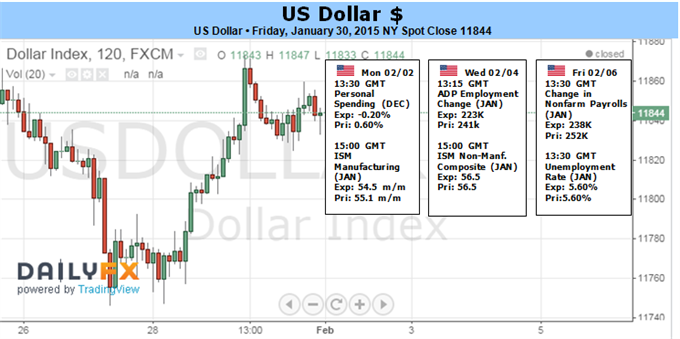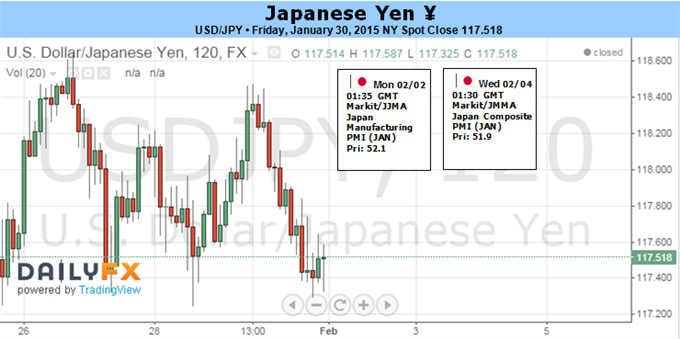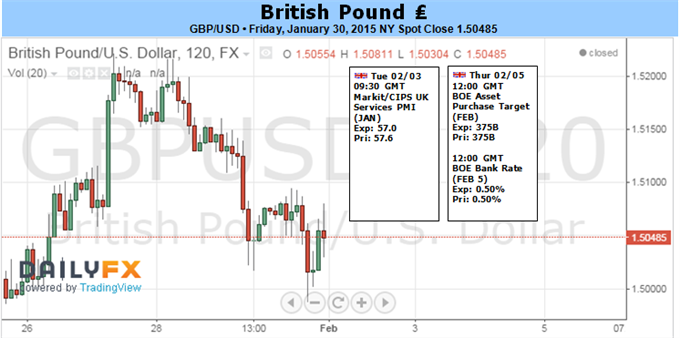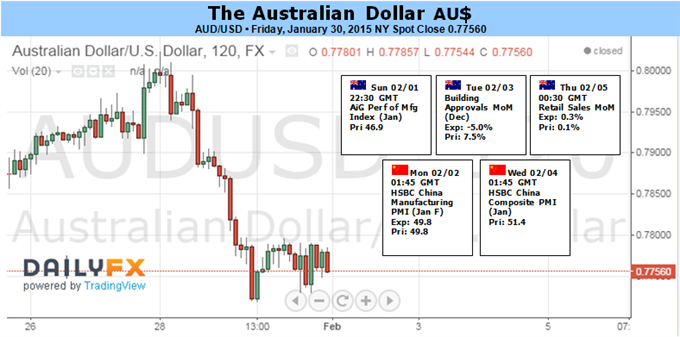Technical Analysis for Crosses
GBP/JPY
The pair is still stuck between confirmation levels represented in the support 176.25 and resistance 178.85, as we wait to breach one of them to clearly determine the next move, whereas breaking this support pushes the pair for further bearish correction targeting next 173.10, while breaching the resistance pushes the pair back to the main upside move, and the first target is 181.40. Therefore, we will keep monitoring the pair at the referred to important levels.
Support: 177.50, 176.85, 176.25, 175.70, 175.05
Resistance: 177.85, 178.85, 179.90, 180.80, 181.40
Recommendation Positive expectations above 178.85, risk-limit below 177.50. Negative below 176.25, risk-limit above 177.50
EUR/JPY
The pair tested 134.15 levels with the beginning of today's session but without breaching it, so we remain nuetral waiting to confirm the next move by breaching the mentioned resistance of breaking the support 132.40, whereas breaching this resistance reactivates the positive expectations suggested in our latest reports, targeting 137.80 mainly, while breaking the support pushes the pair towards 130.35.
Support: 133.20, 132.40, 131.65, 131.10, 130.35
Resistance: 134.15, 135.05, 135.05, 136.45, 137.60
Recommendation Positive expectations above 134.15, risk-limit below 132.40. Negative below 132.40, risk-limit above 134.15.
EUR/GBP
The pair moved to the upside and breached 0.7500. Trading again below the referred to level is required to confirm the previously suggested negative expectations, whereas stabilizing below this level is negative and support the downside move targeting 0.7370 and 0.7300, while breaching 0.7565 threatens to fail the expectations.
Support: 0.7500, 0.7450, 0.7400, 0.7370, 0.7300
Resistance: 0.7520, 0.7600, 0.7660, 0.7685, 0.7700
Recommendation Negative expectations below 0.7500, risk-limit above 0.7600.
the source


 LinkBack URL
LinkBack URL About LinkBacks
About LinkBacks





 Reply With Quote
Reply With Quote






Bookmarks